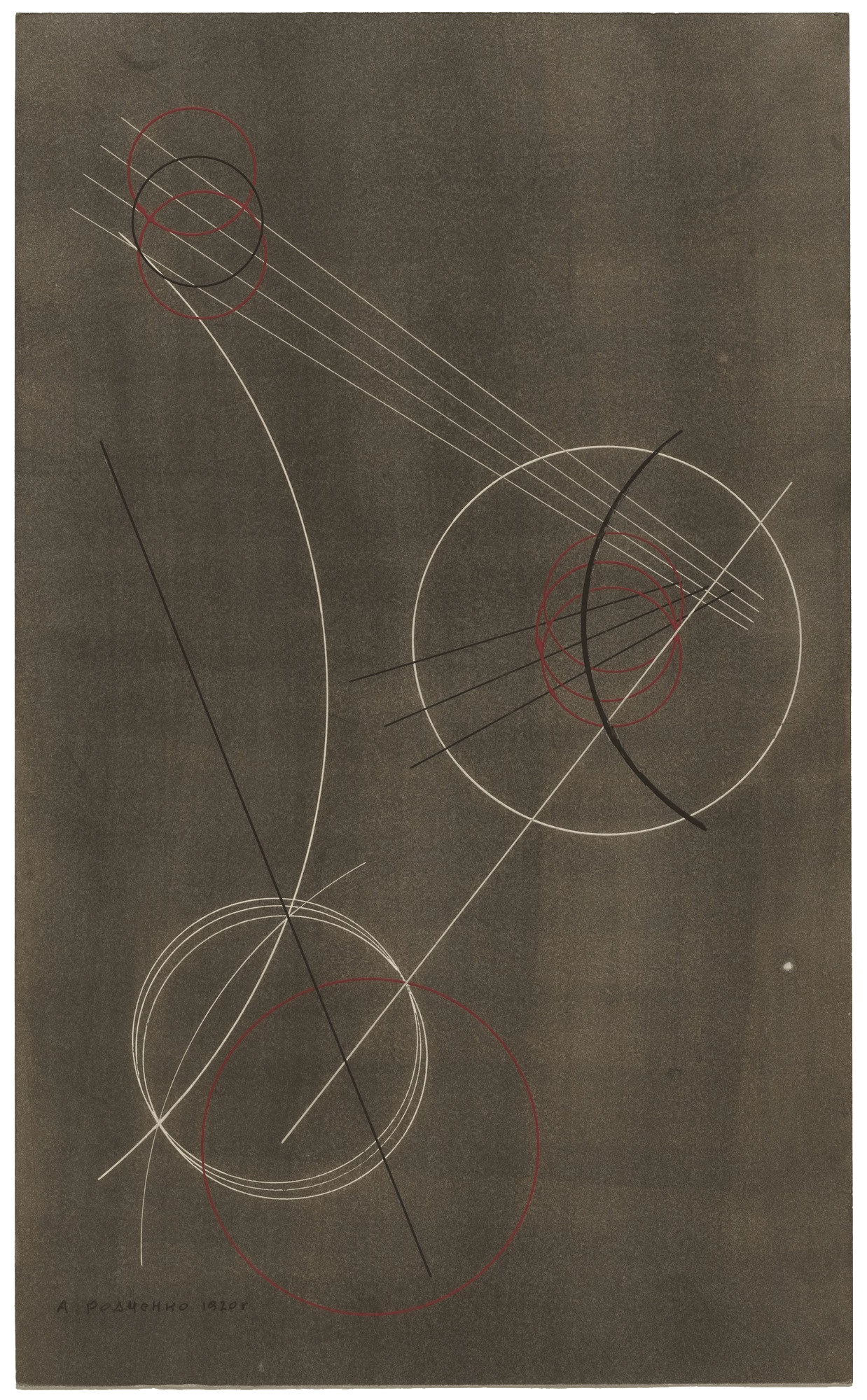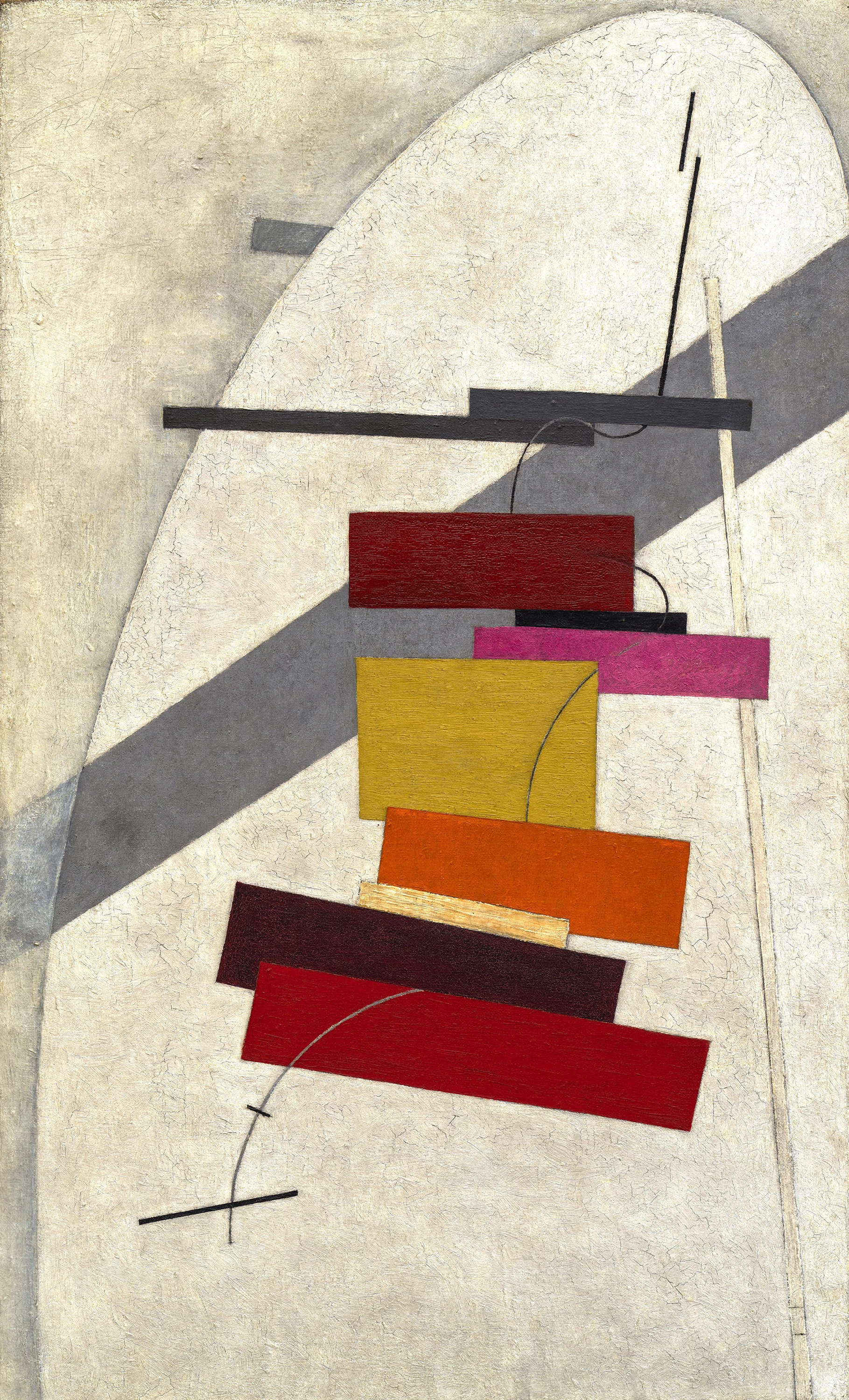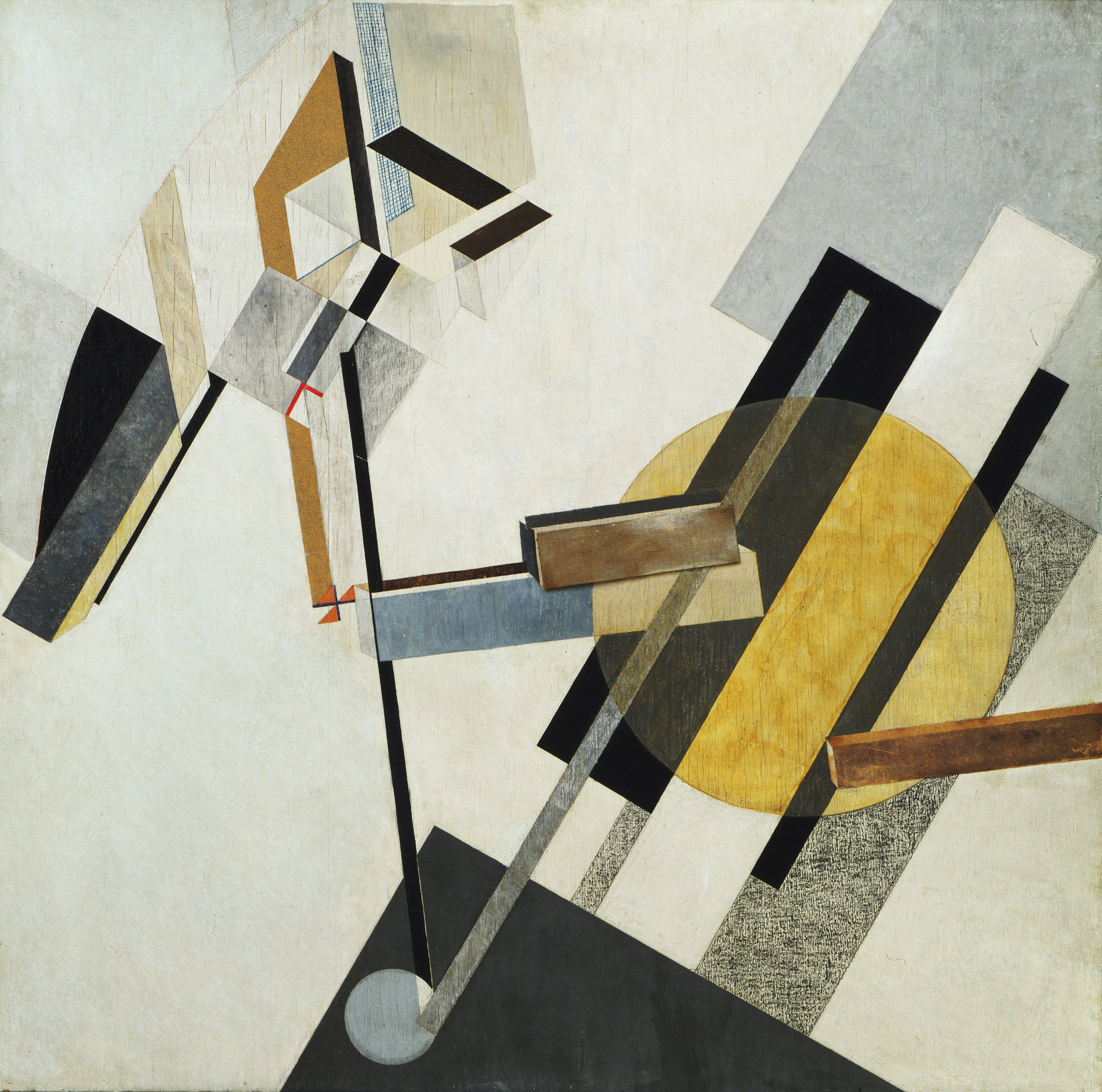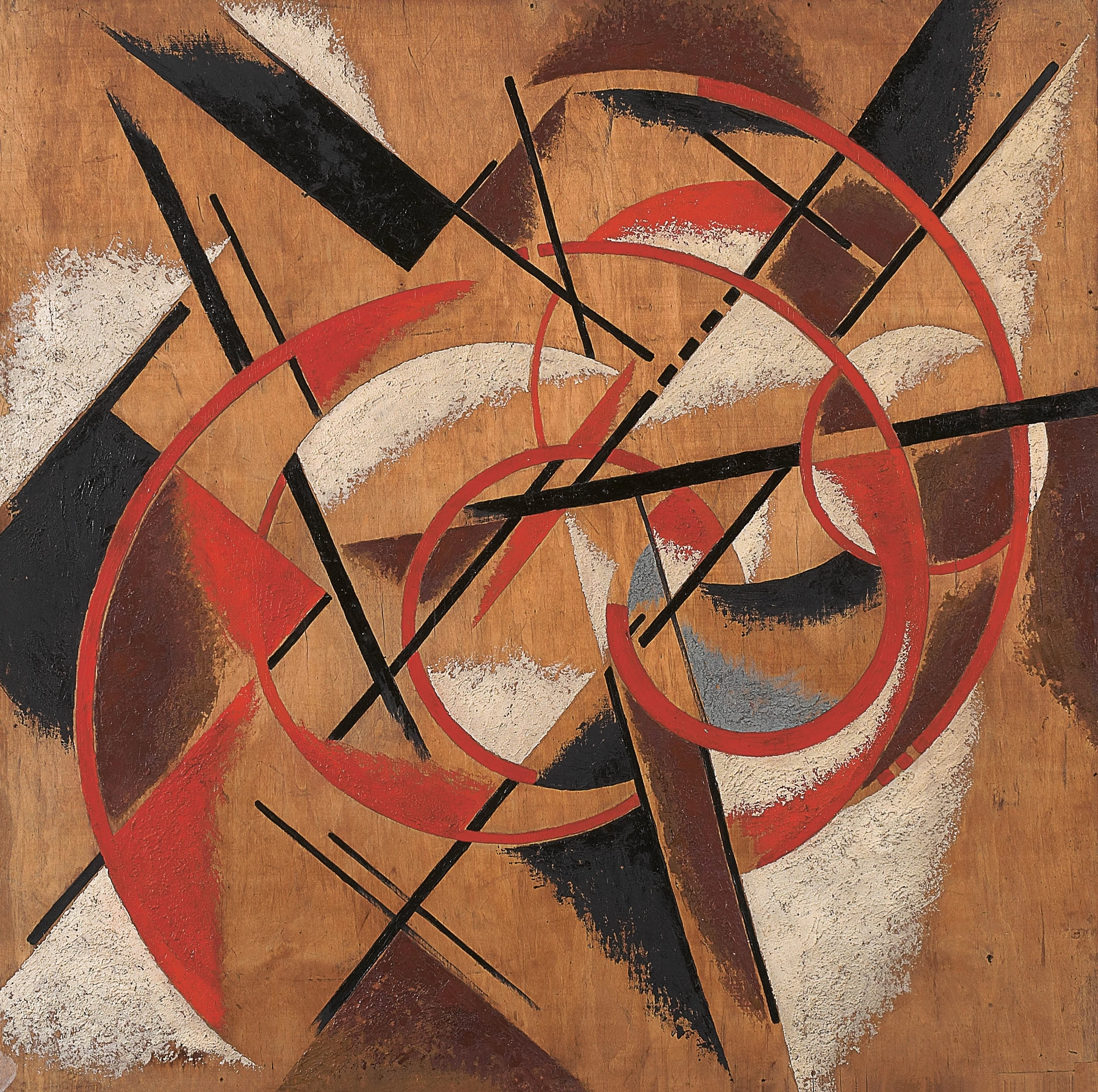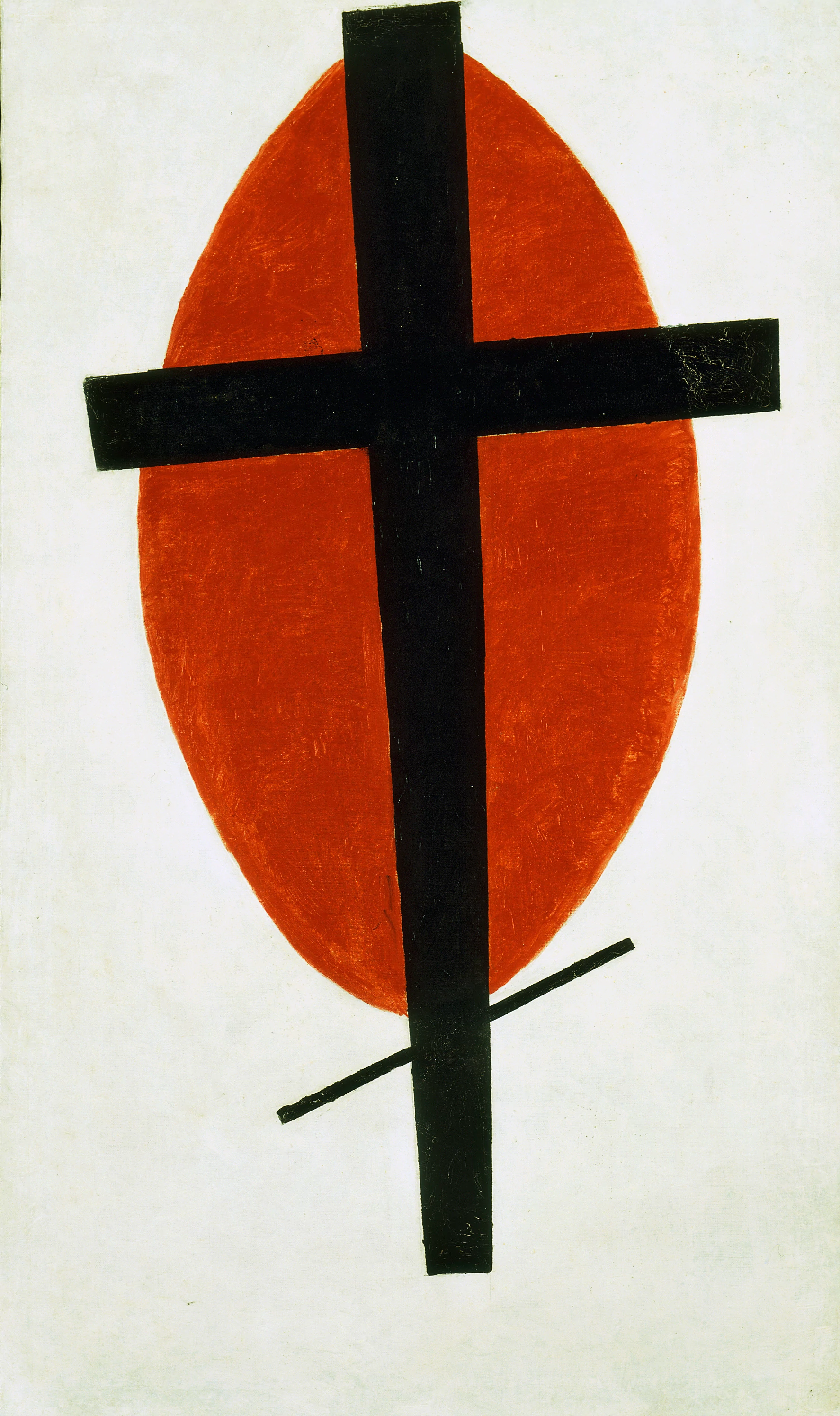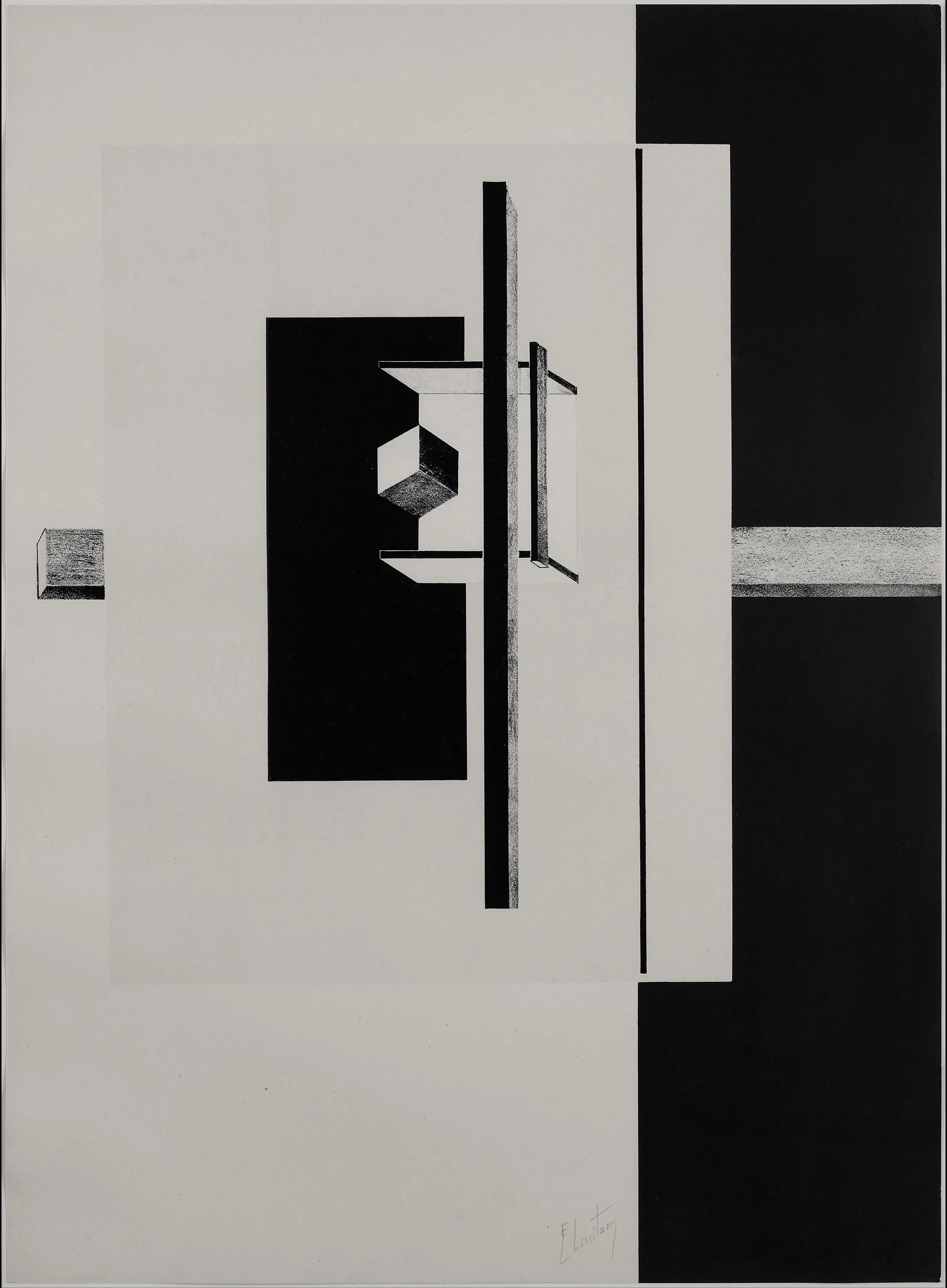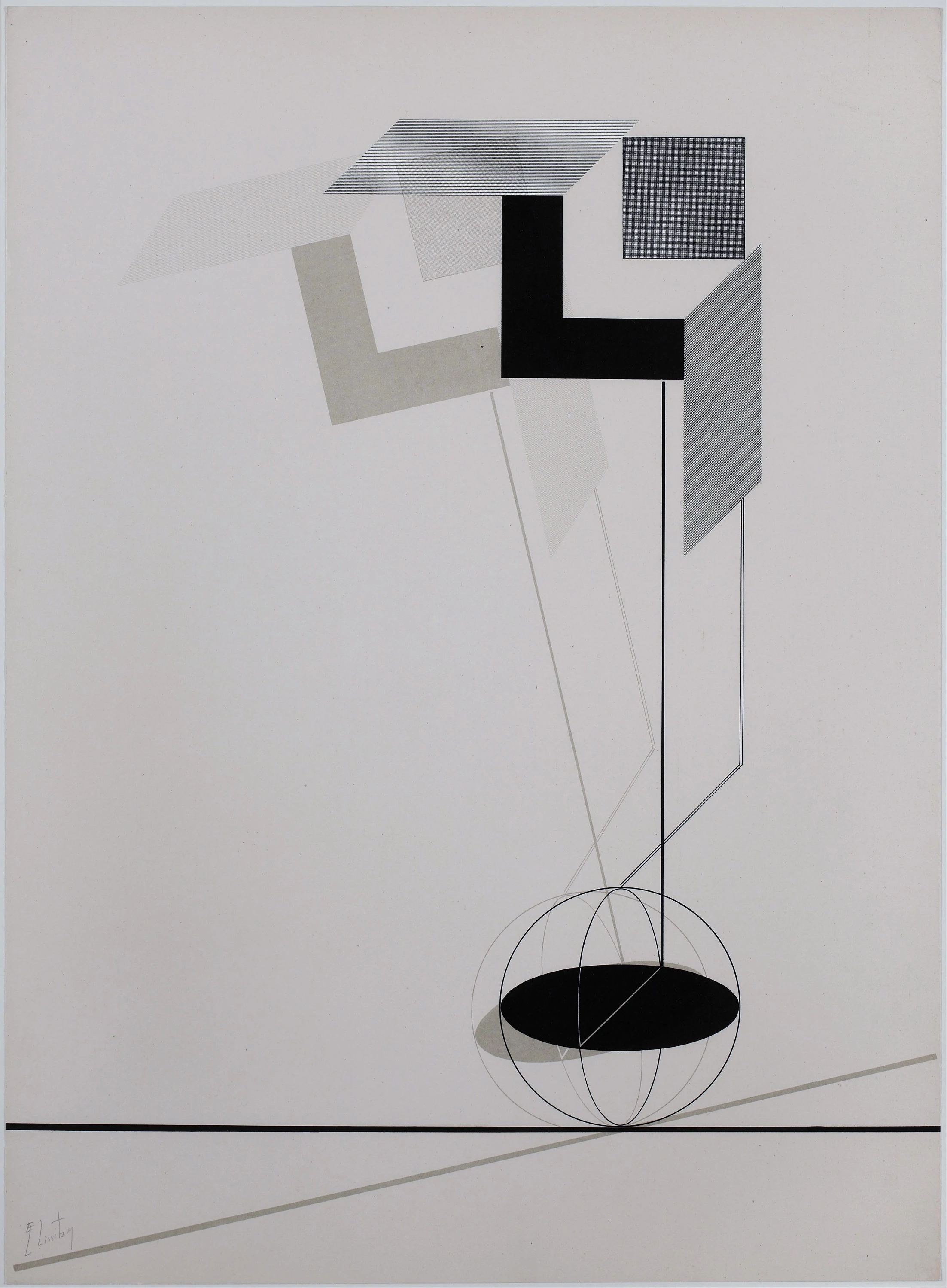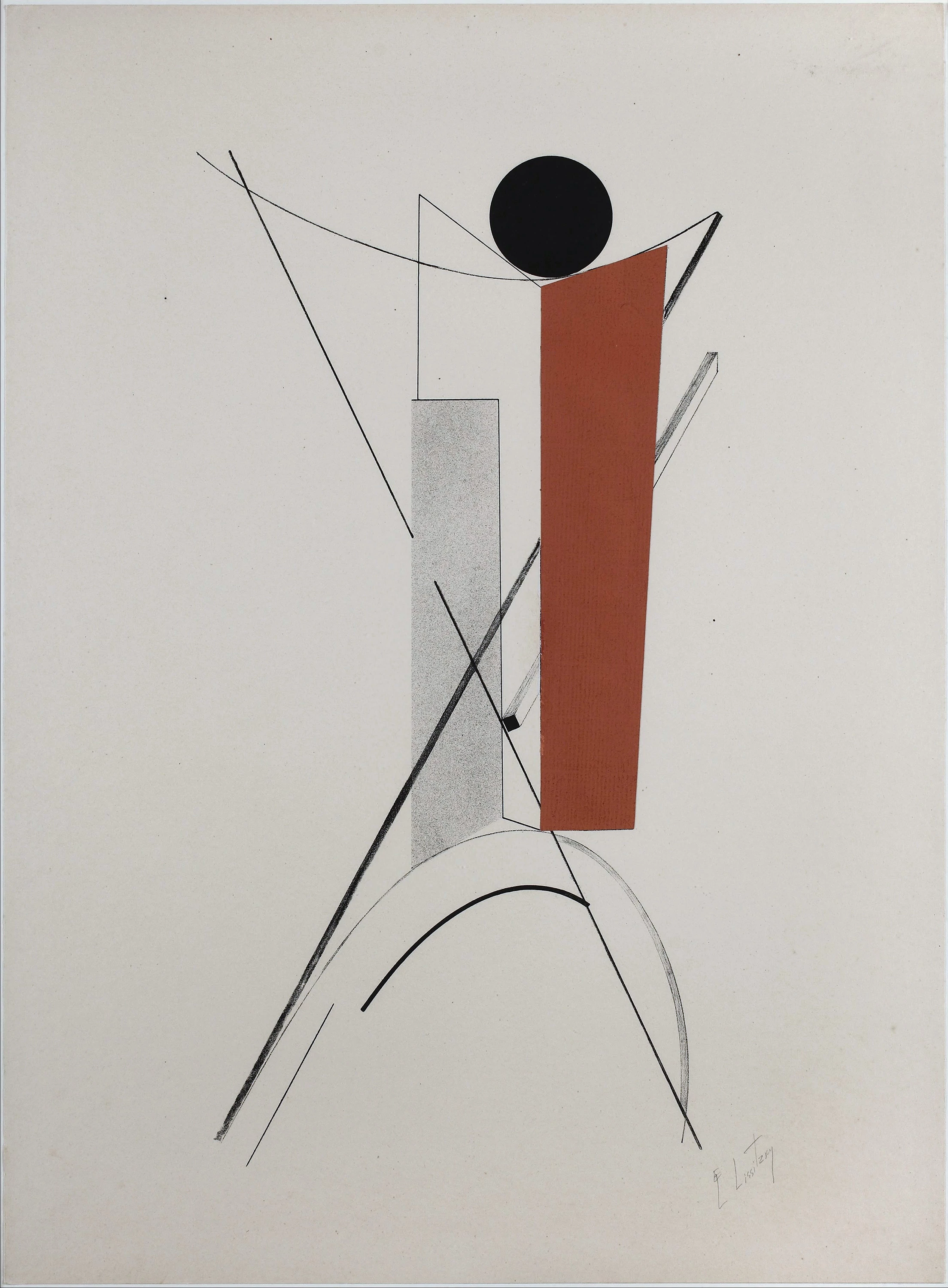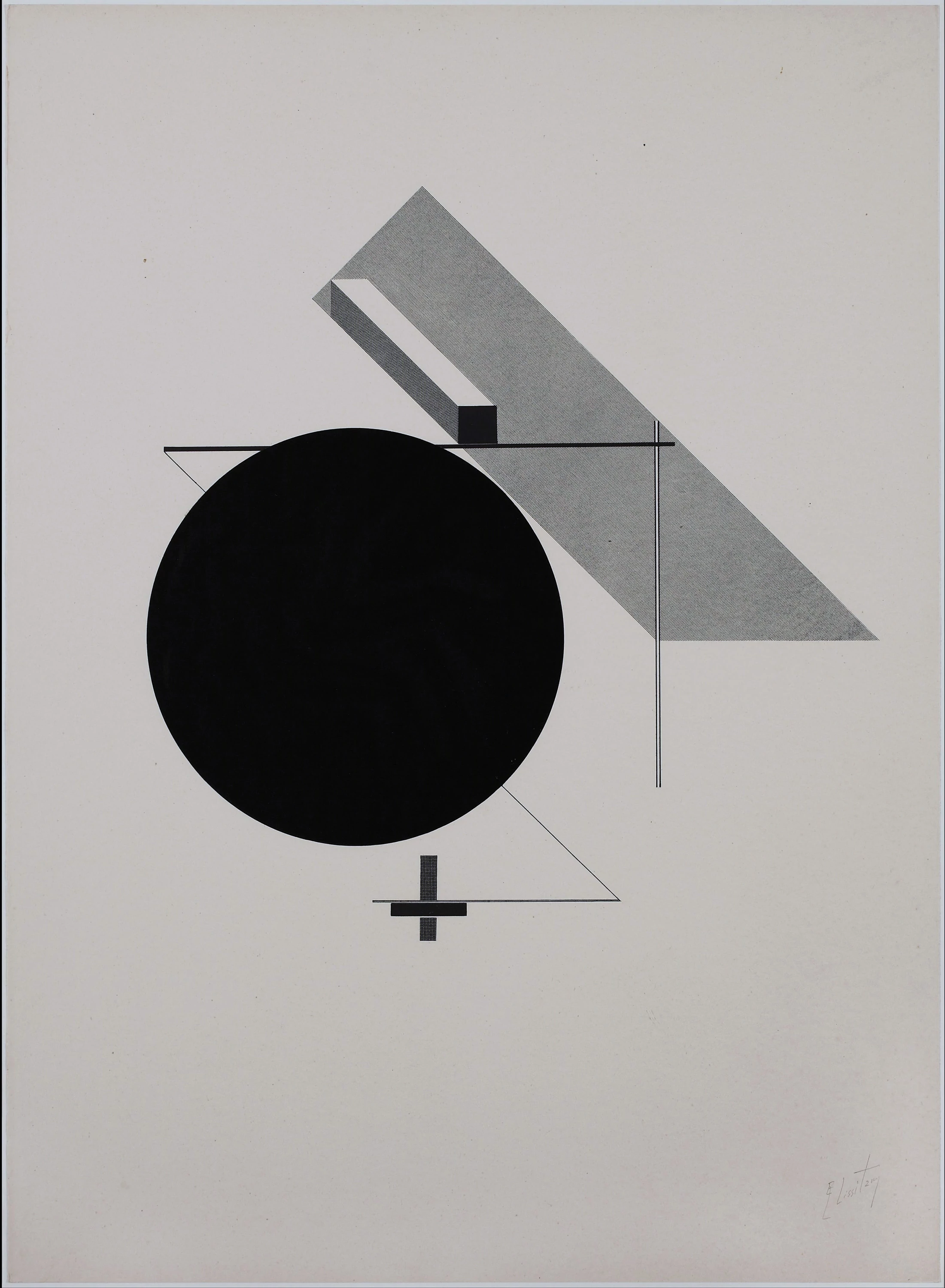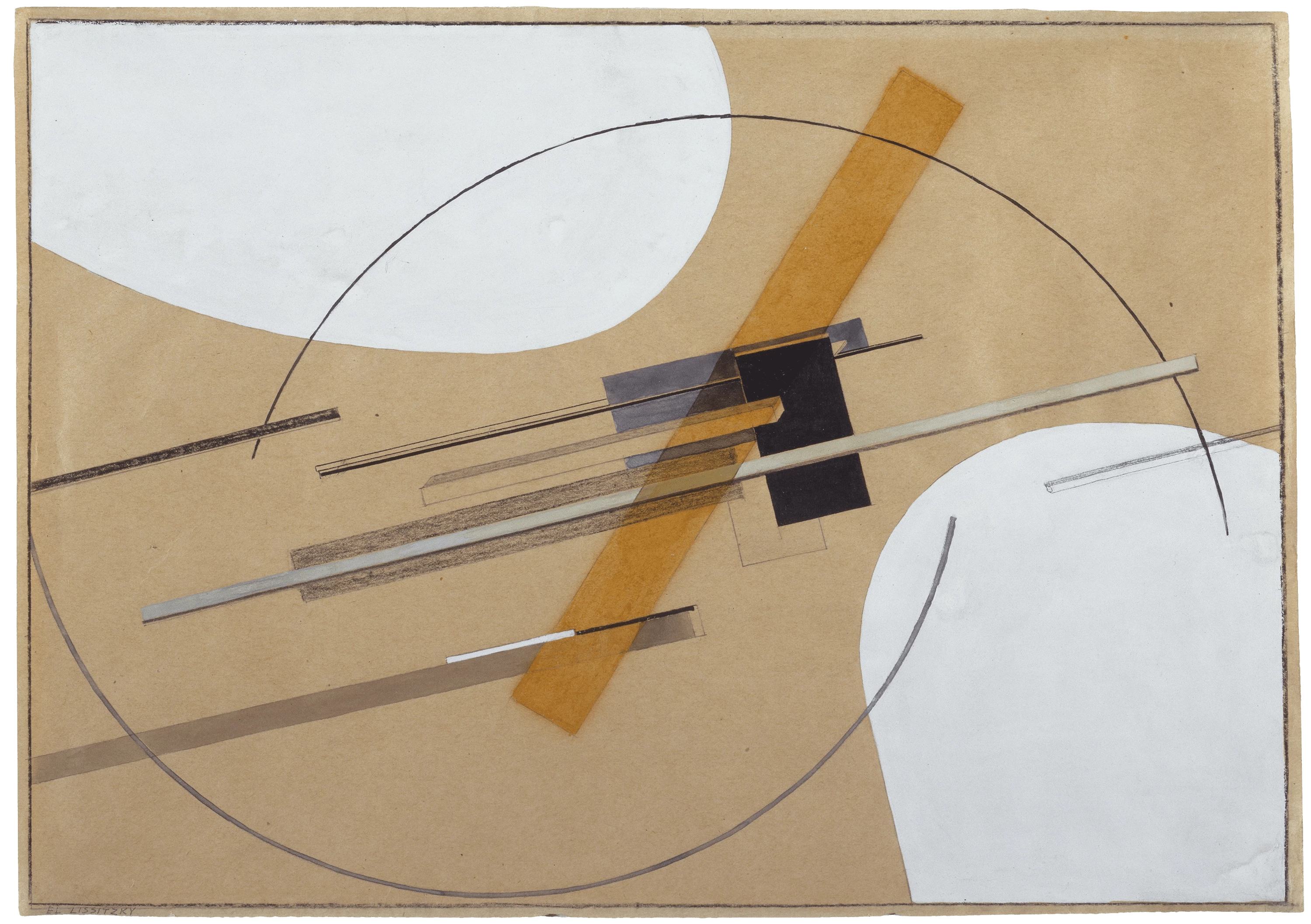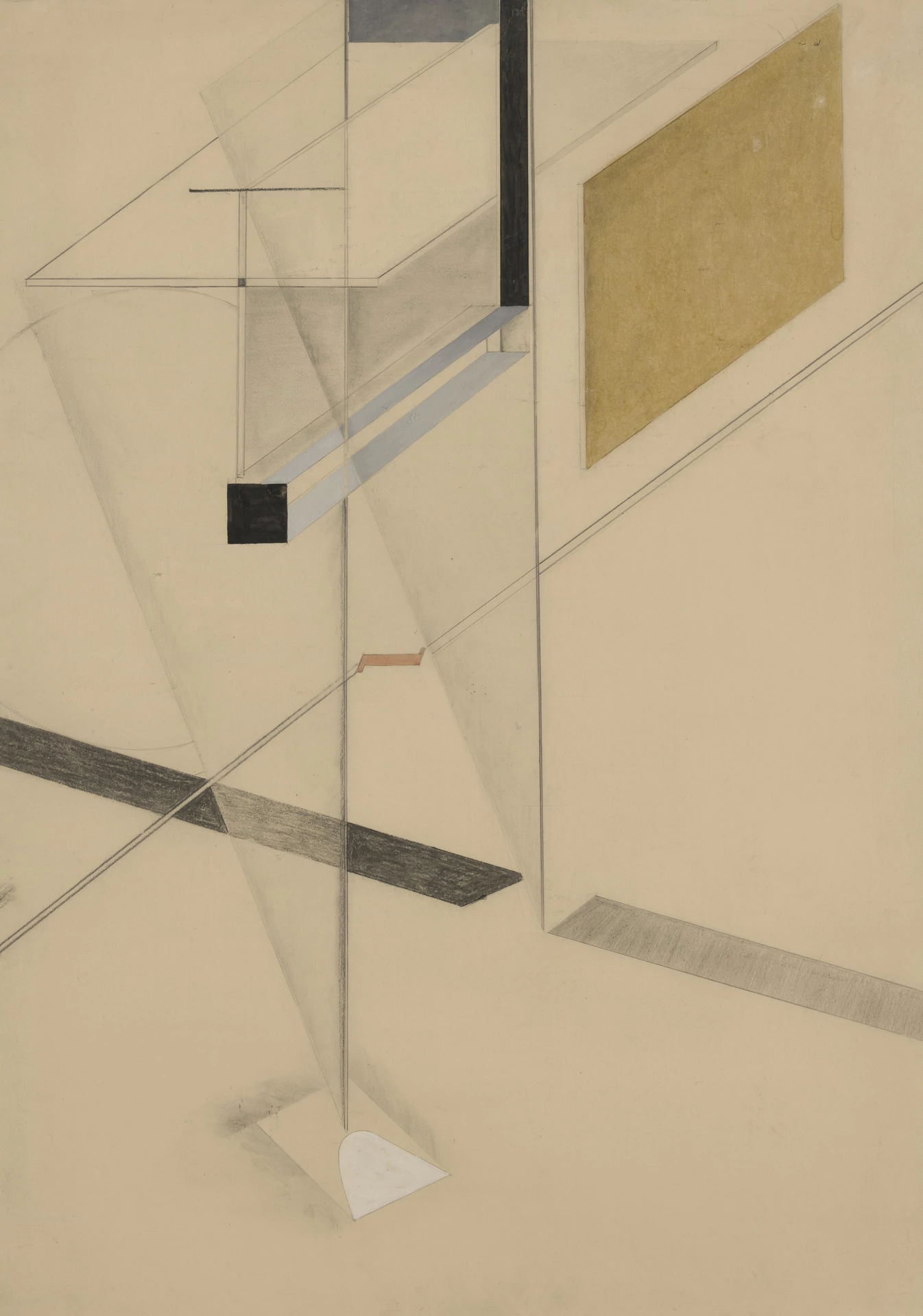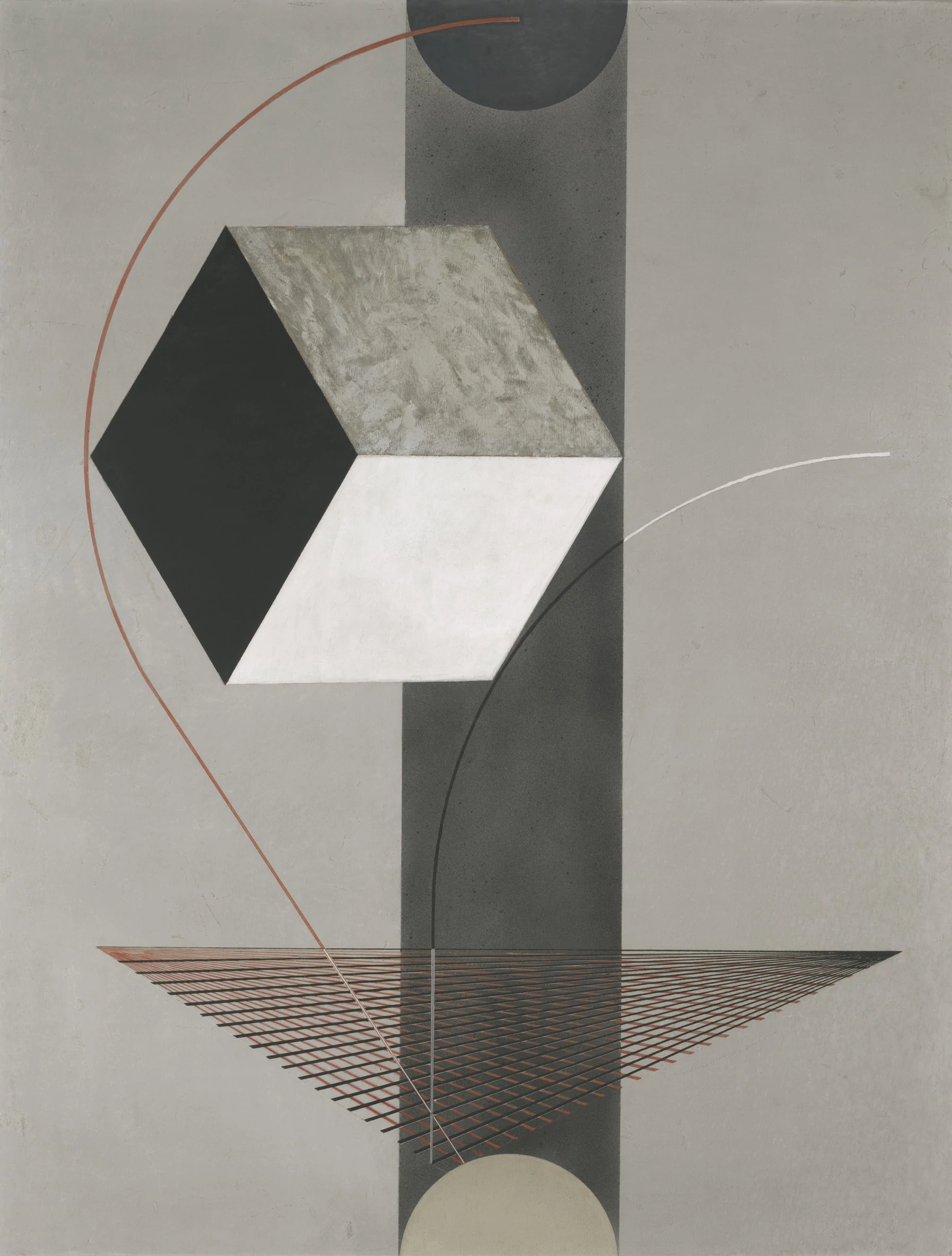Suprematism
Taking refuge in the square.
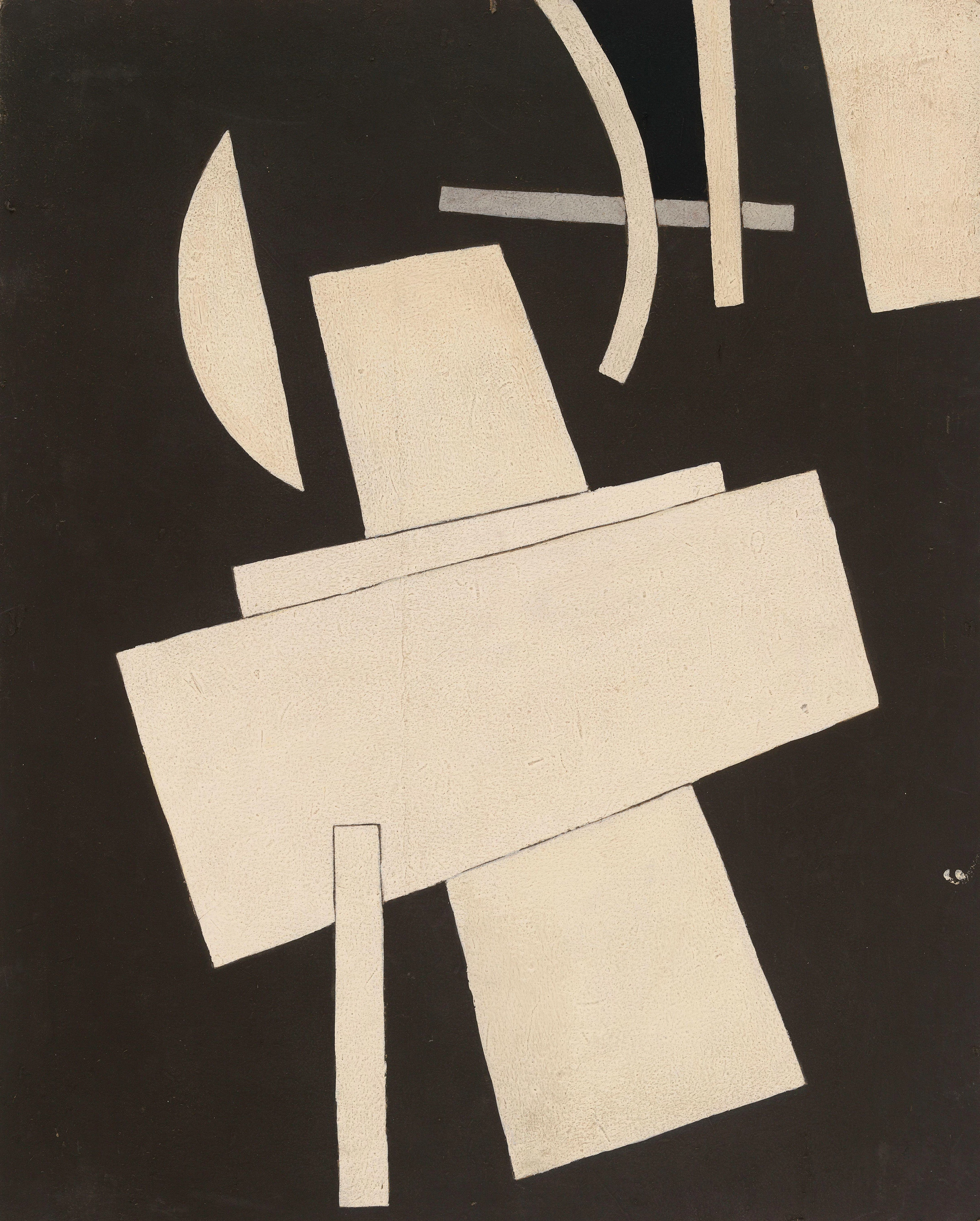

Once in a rare while, a single artwork spawns an entire movement. In 1915, the Russian artist Kasimir Malevich took a white canvas and painted a single, black square in the center. He called it, shockingly, ‘Black Square’.
Since the Futurist explosion in 1909, Mondrian’s dissection of representative art, and Braque and Picasso’s experiments in Cubism, the art world had been spiraling toward some unnamed revelation. Everyone felt it. The very definition of what art is was up for grabs, and artists all over the world were trying to claim the ‘new art.’ And Malevich got there first. In what critics have called ‘the zero point of painting’ Malevich had reduced 2D art to it’s simplest possible form. A surface, with a single mark on it, the art world collectively exclaimed why didn’t we think of that?
But Malevich had earned his revelation. After working across nearly every modern style, from impressionism and pointillism to futurism and cubism, Malevich’s distillation of artistic forms was rooted in a nearly manic pursuit of artistic purity. From Black Square, Malevich expanded the vocabulary of his new minimalist style, including the circle as the atomic counterpart to the square, and exploring how these shapes could relate to each other, themselves, and the canvas. Malevich called the reductionist style Suprematism after his belief in the supremacy of artistic feeling over visual representation.
Malevich’s feverish ideals drew a handful of artists to the new style, and in December of 1915, alongside Liubov Popova, Olga Rozanova, and eleven more painters, Malevich debuted Suprematism at a show titled The Last Futurist Exhibition of Paintings 0.10.
The show attracted more artists, who joined the movement and documented their thinking and in an unpublished journal called Supremus. Malevich himself wrote a book, The Non-Objective World, documenting his ideas. But the world was spinning too quickly for this small, powerful revelation to spark a long-running movement. The horrors of WWI had much of Russia’s artists thinking in more pragmatic terms, using art as a tool for social good in a movement called Constructivism. In 1924, Stalinism gripped Russia and avant-garde artists came under censure. Malevich was arrested and interrogated in 1930, and soon after gave up his suprematist explorations in favor of Socialist Realism the Soviet-sanctioned style.
Pure Suprematism was continued in the work of El Lissitzky and introduced to architecture by Lazar Khidekel. But though the style eventually faded, its revelation influenced every movement that followed, from minimalism to conceptual art, to abstract expressionism. Art can never return to the time before the Black Square.
...
Got questions, comments or corrections about Suprematism? Join the conversation in our Discord, and if you enjoy content like this, consider becoming a member for exclusive essays, downloadables, and discounts in the Obelisk Store.
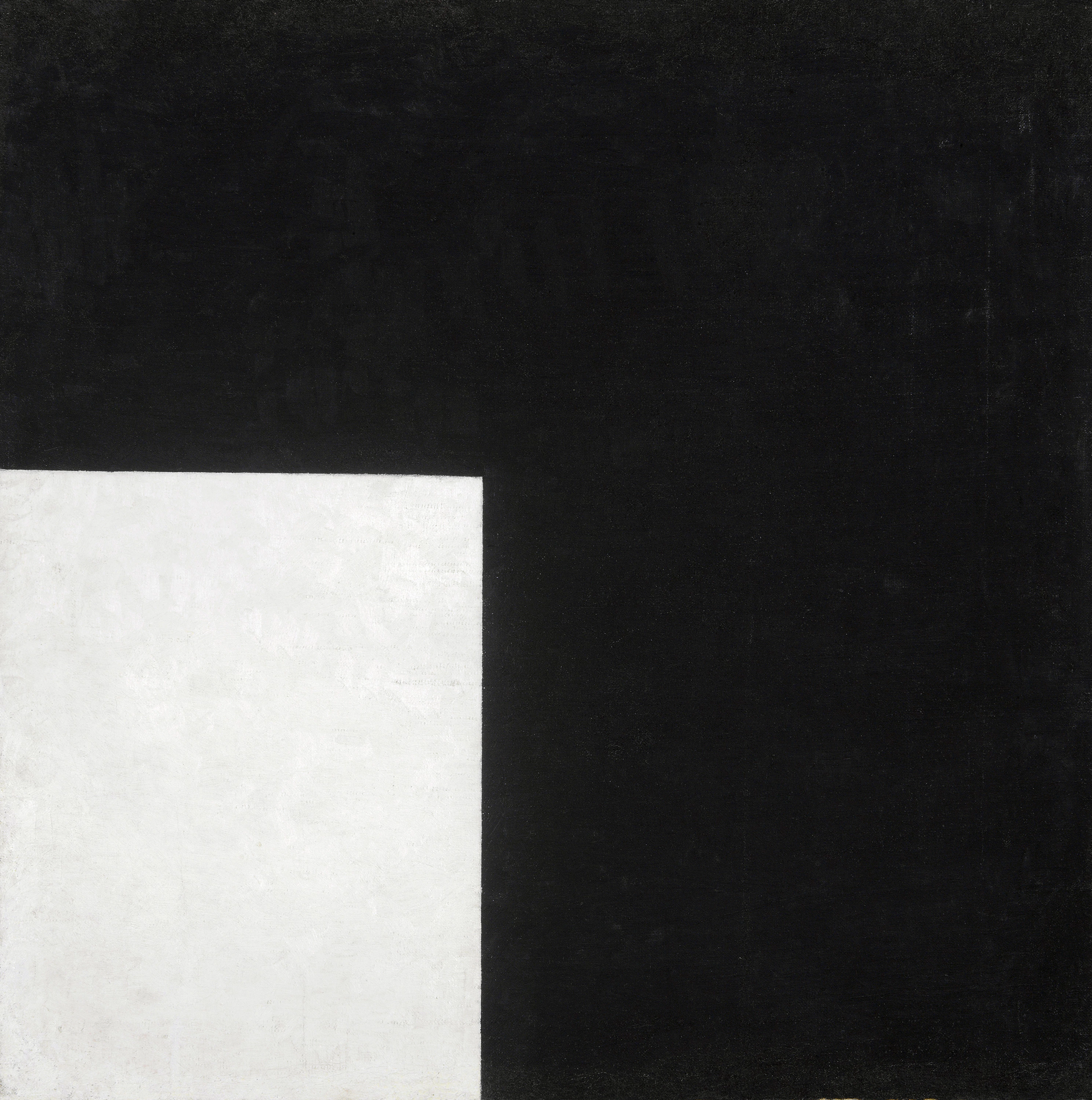
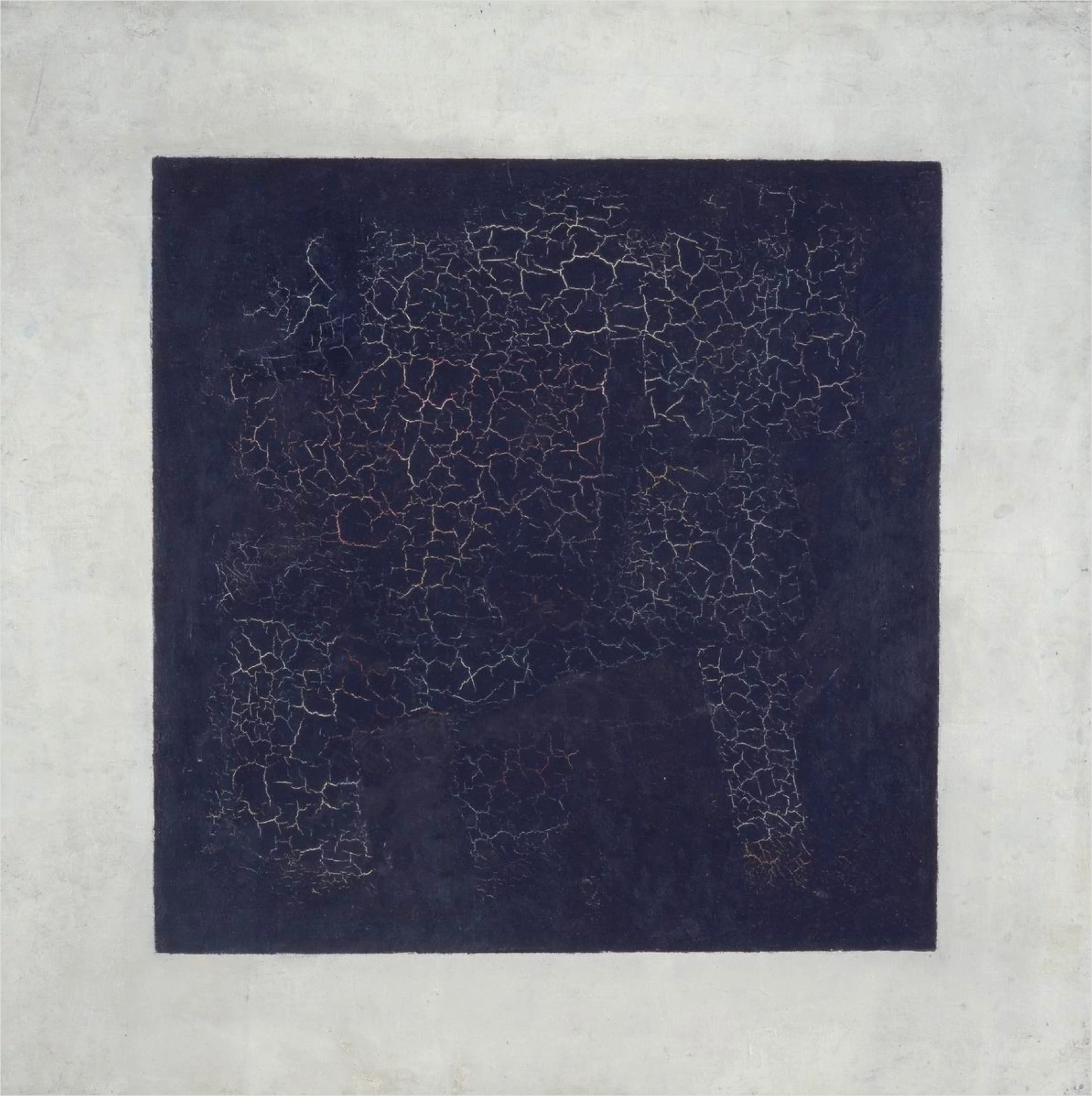
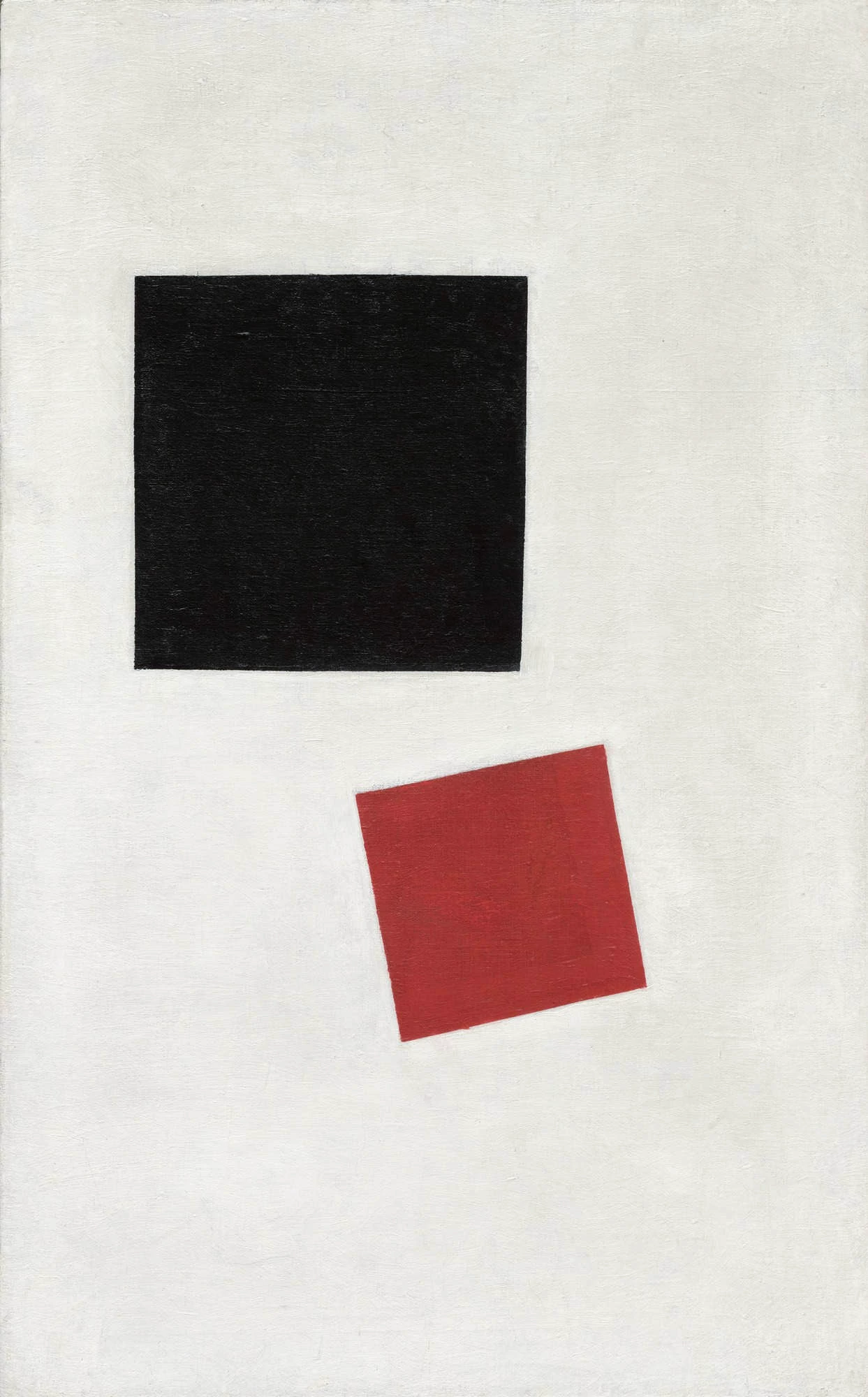
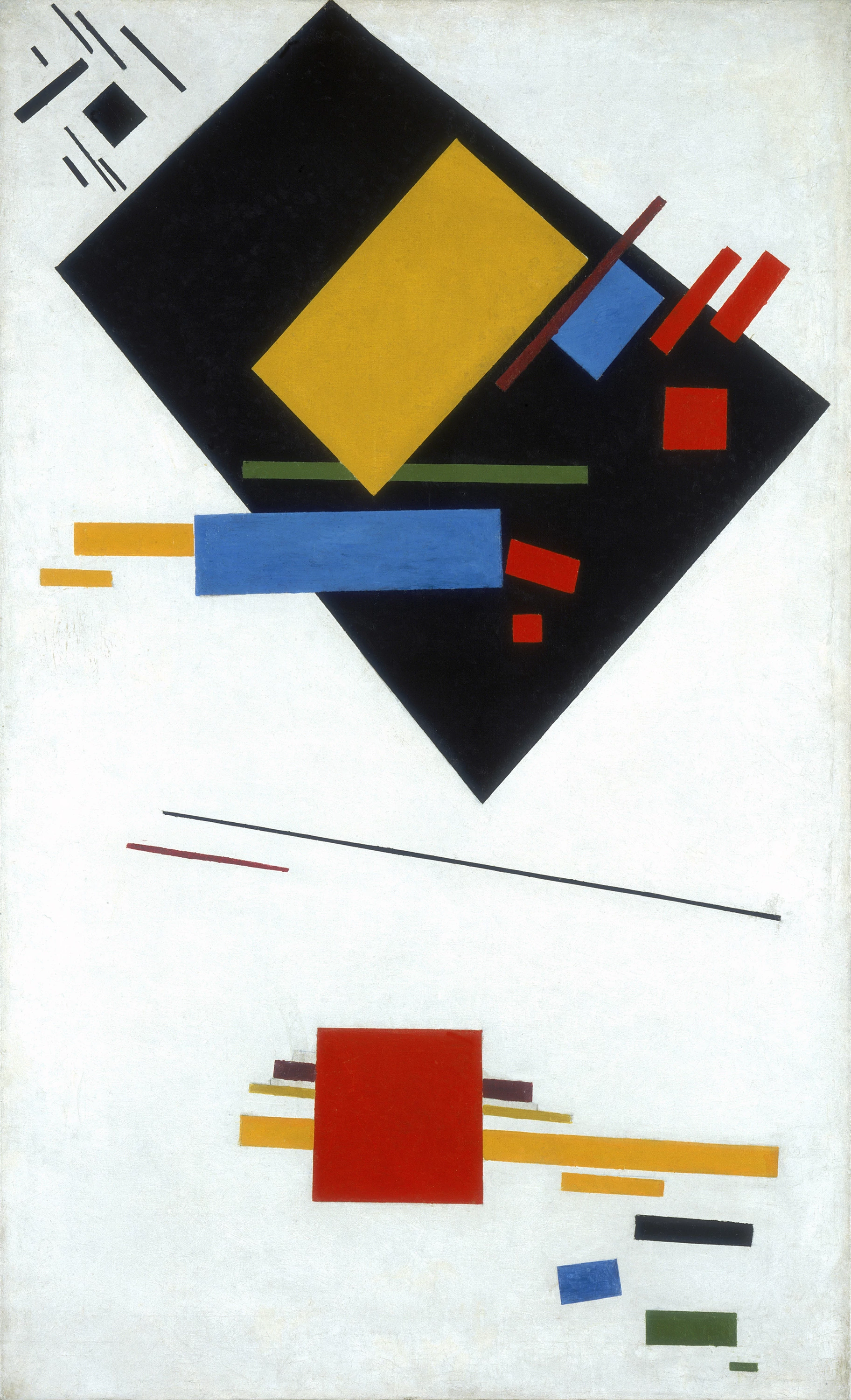
Abandon love, abandon aestheticism, abandon the baggage of wisdom, for in the new culture, your wisdom is ridiculous and insignificant. I have untied the knots of wisdom and liberated the consciousness of color!

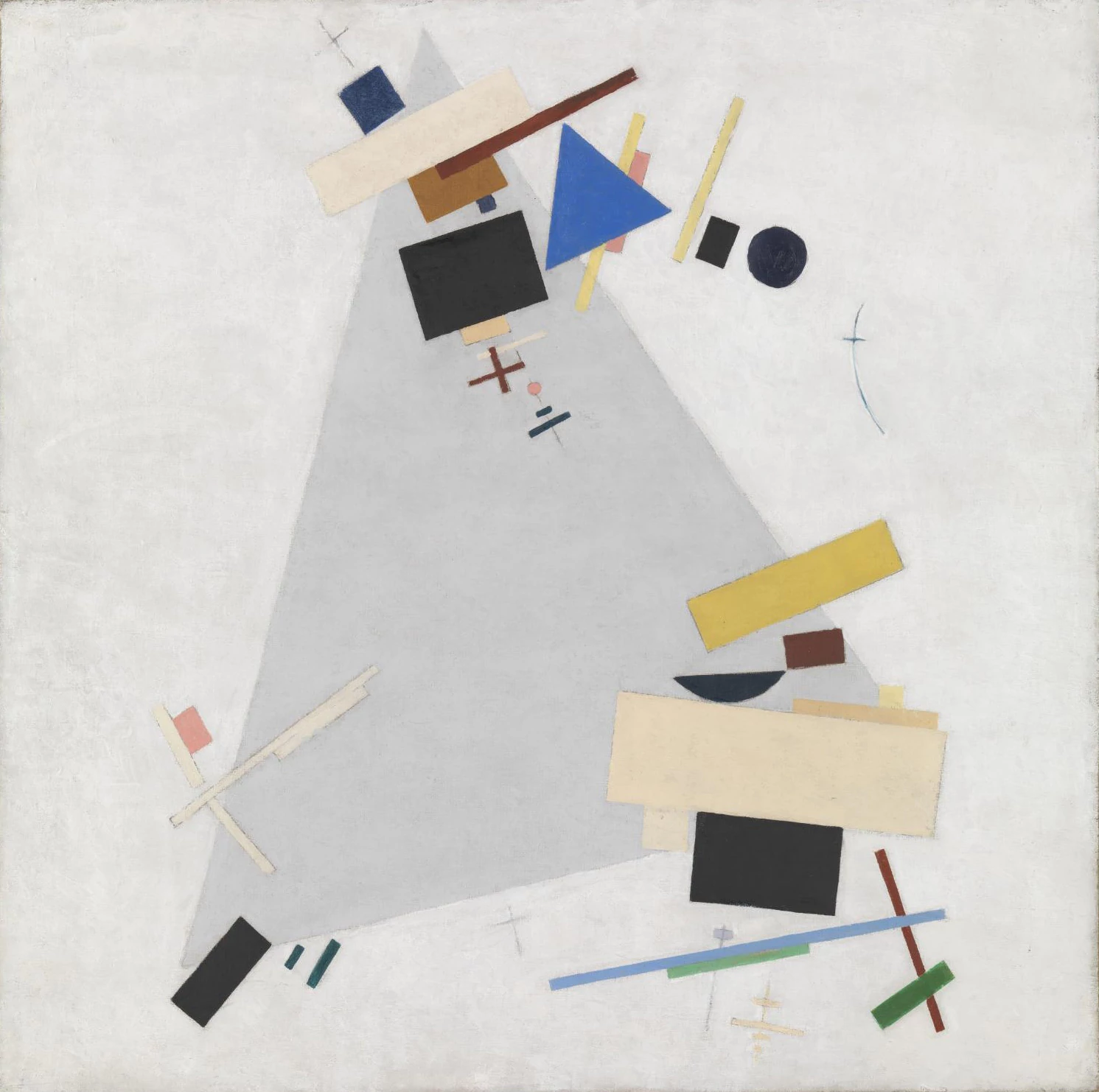
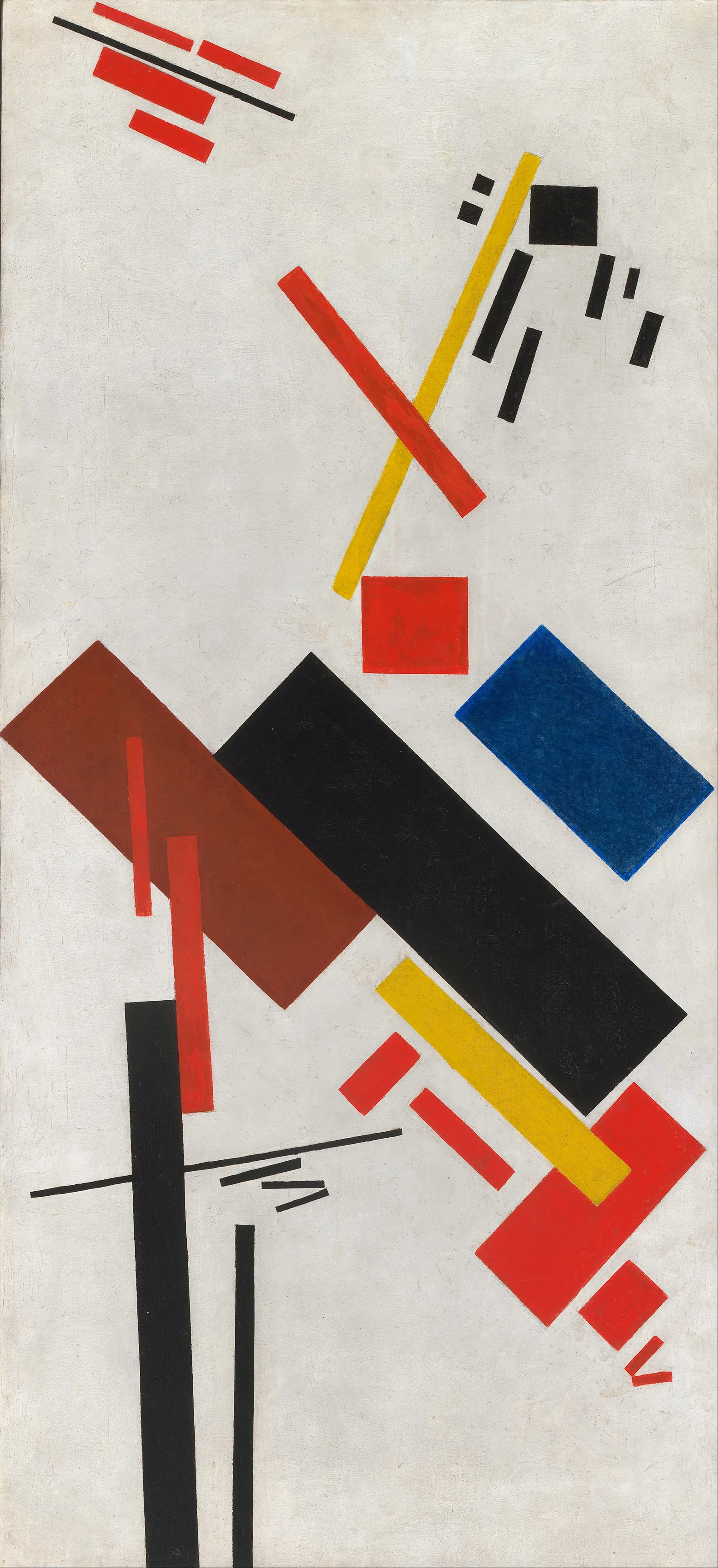
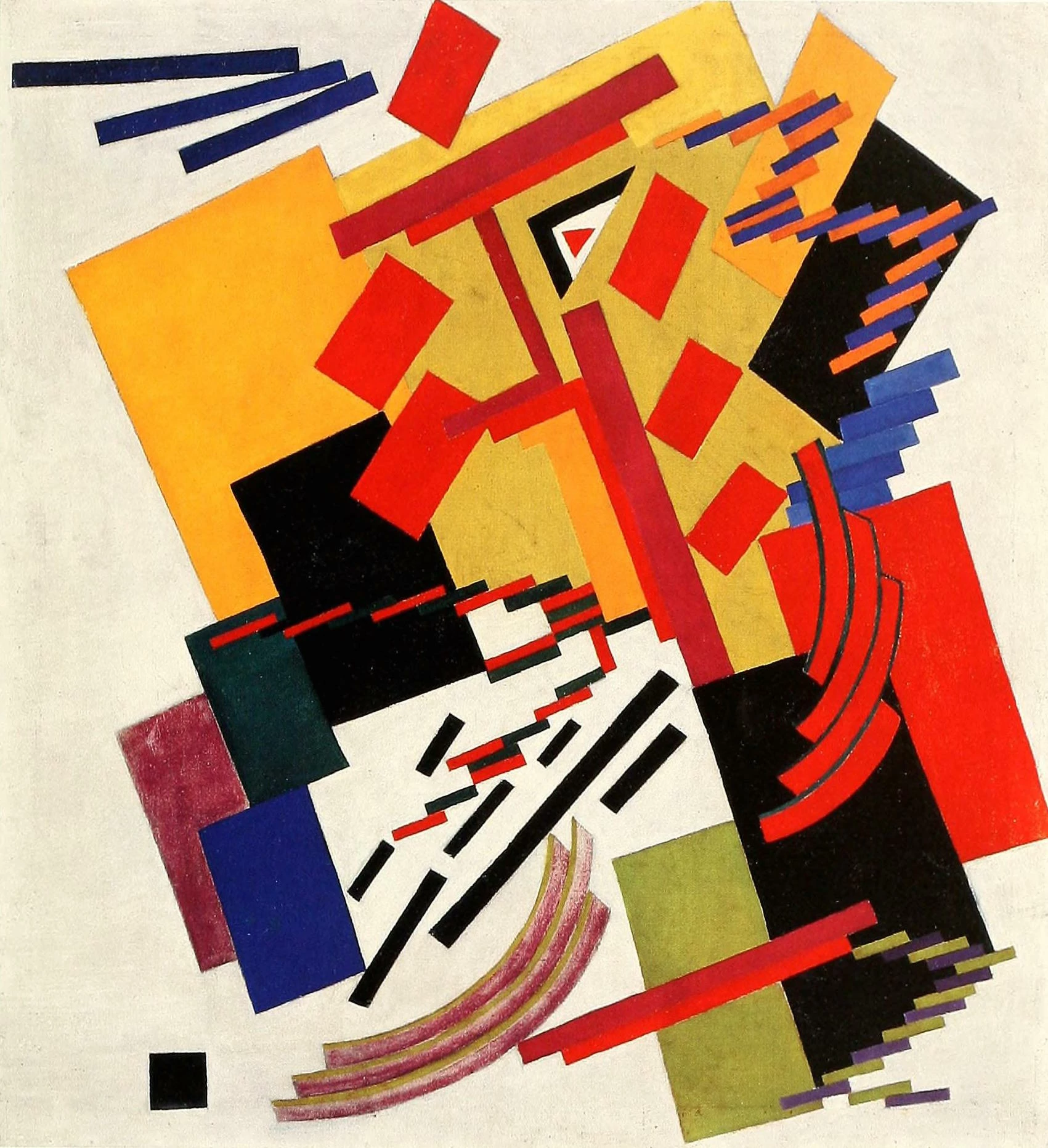
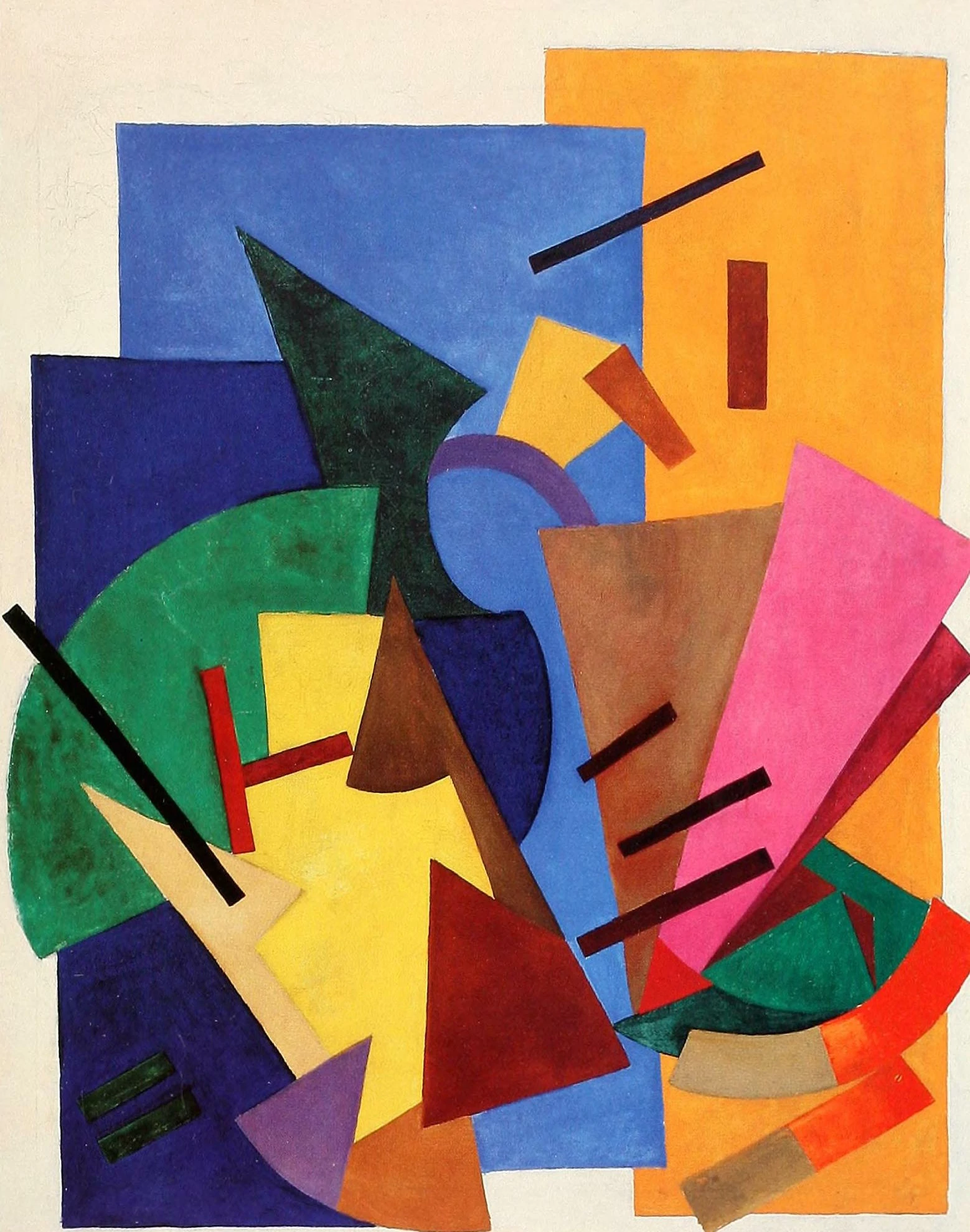
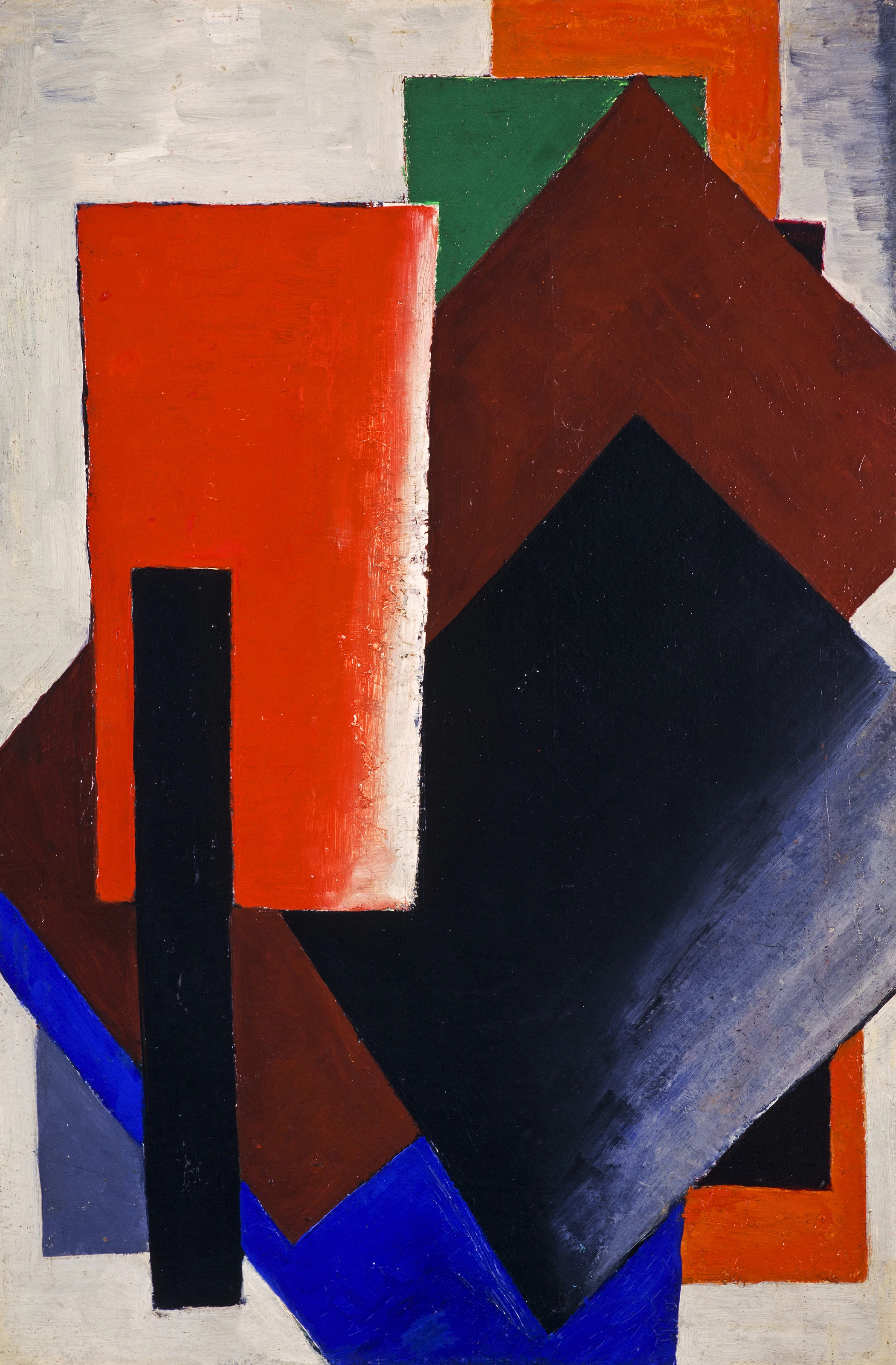
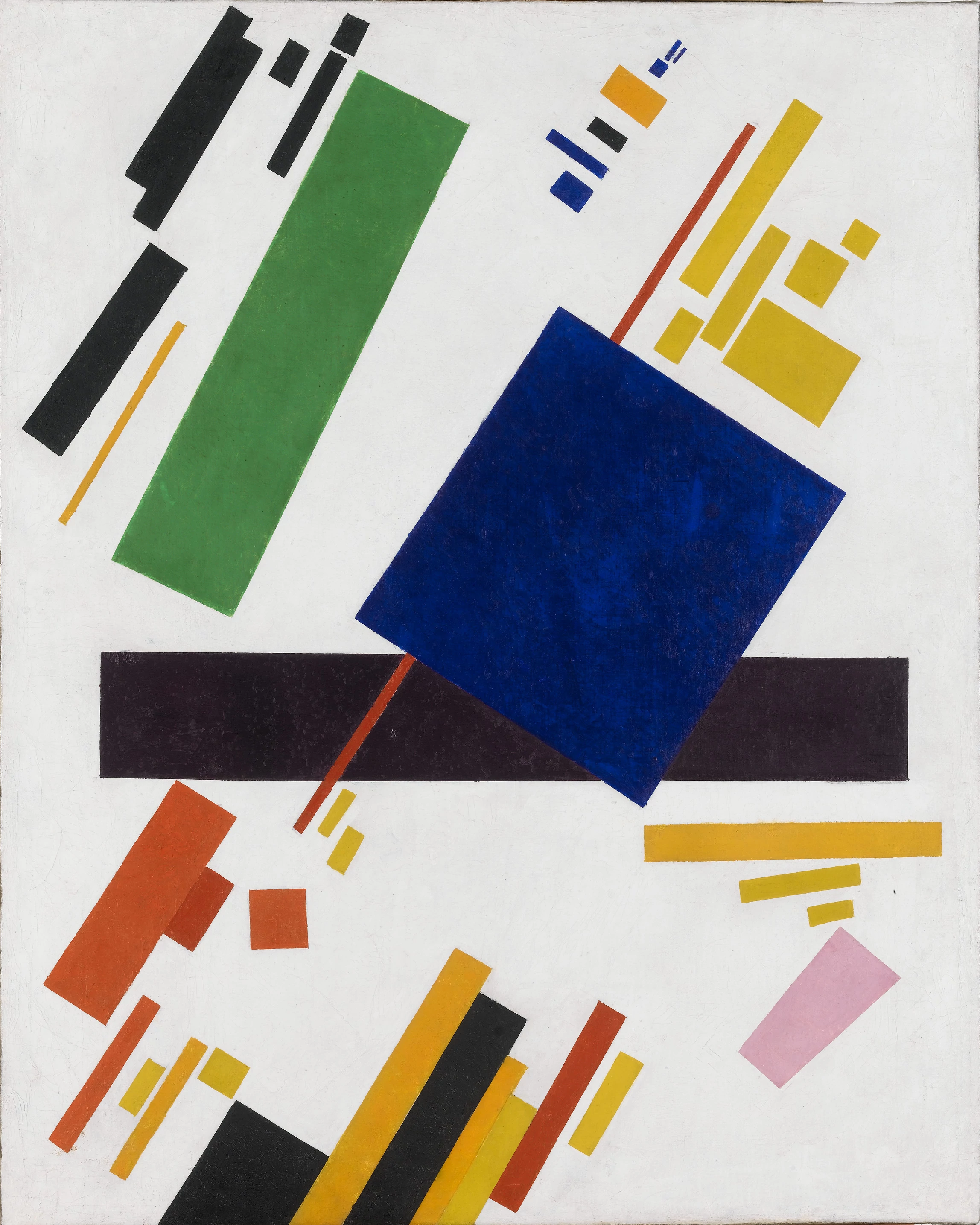
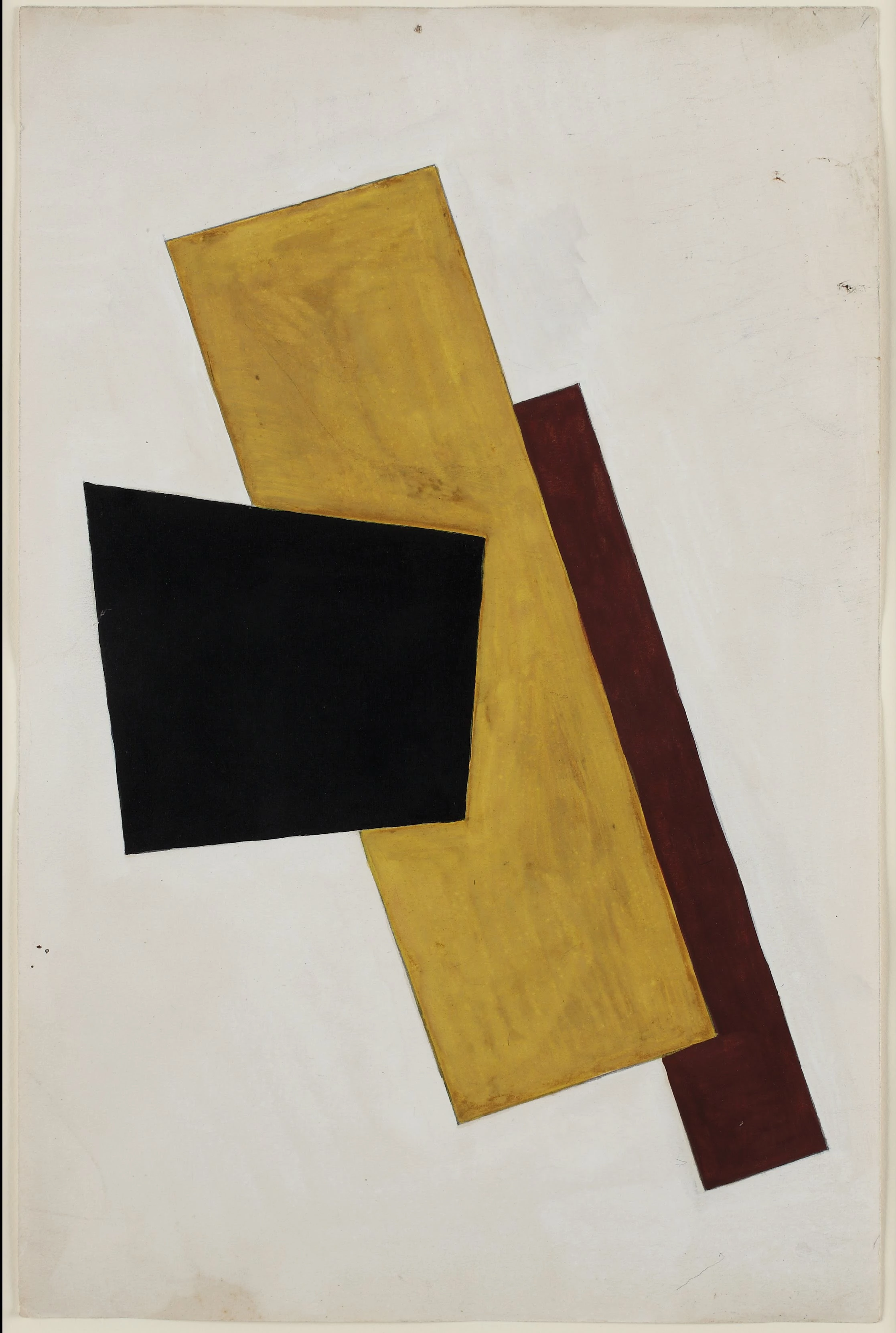
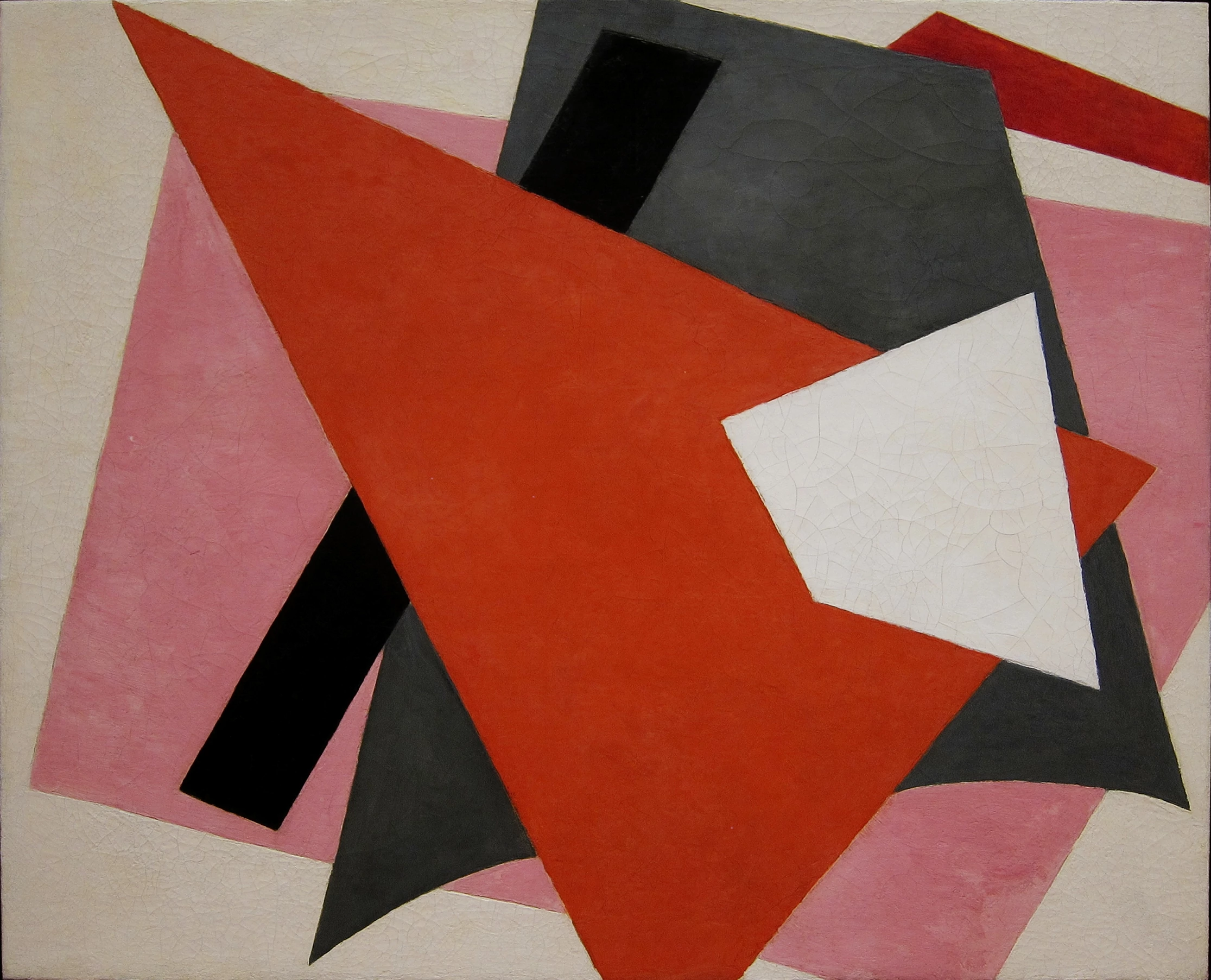
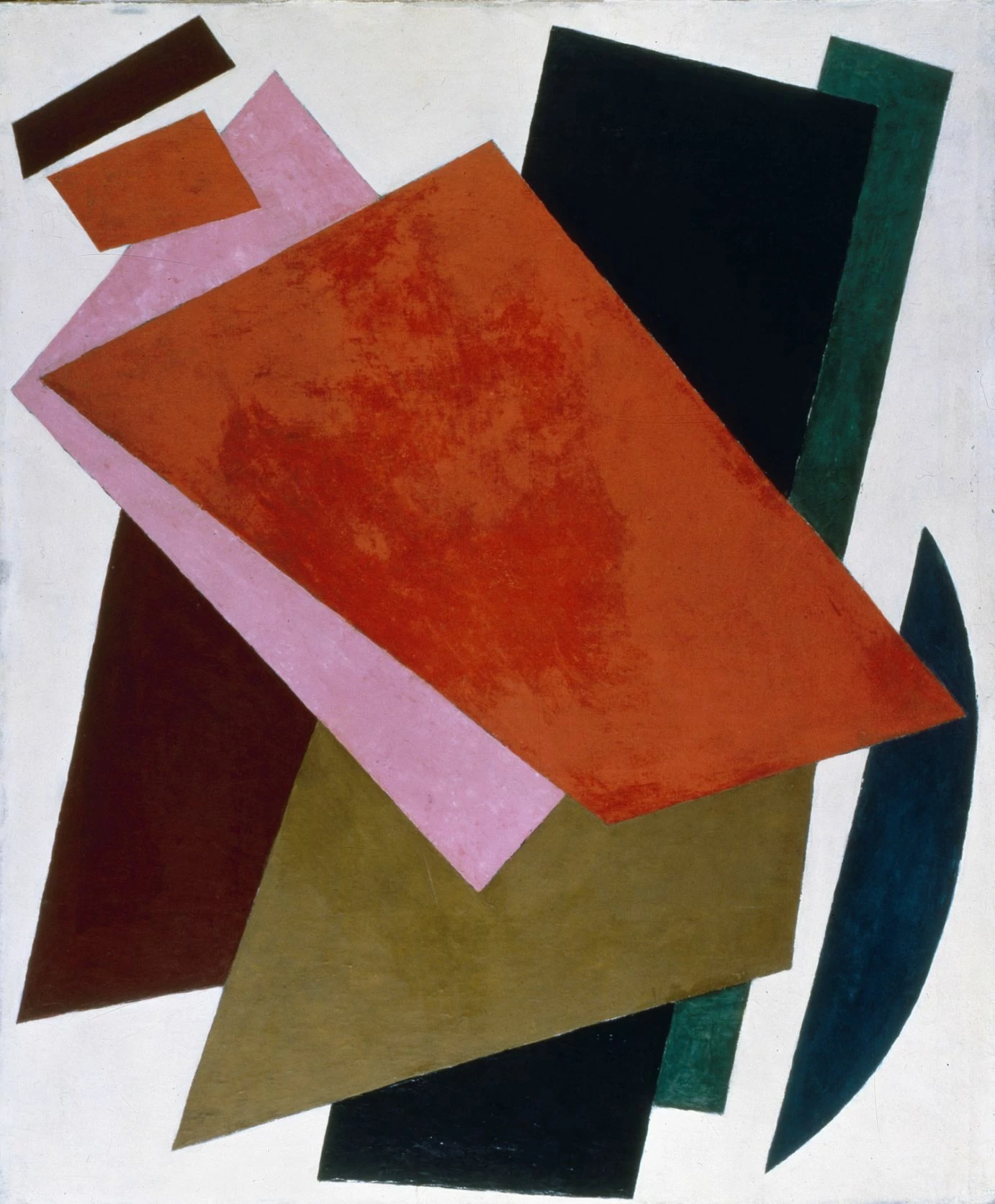

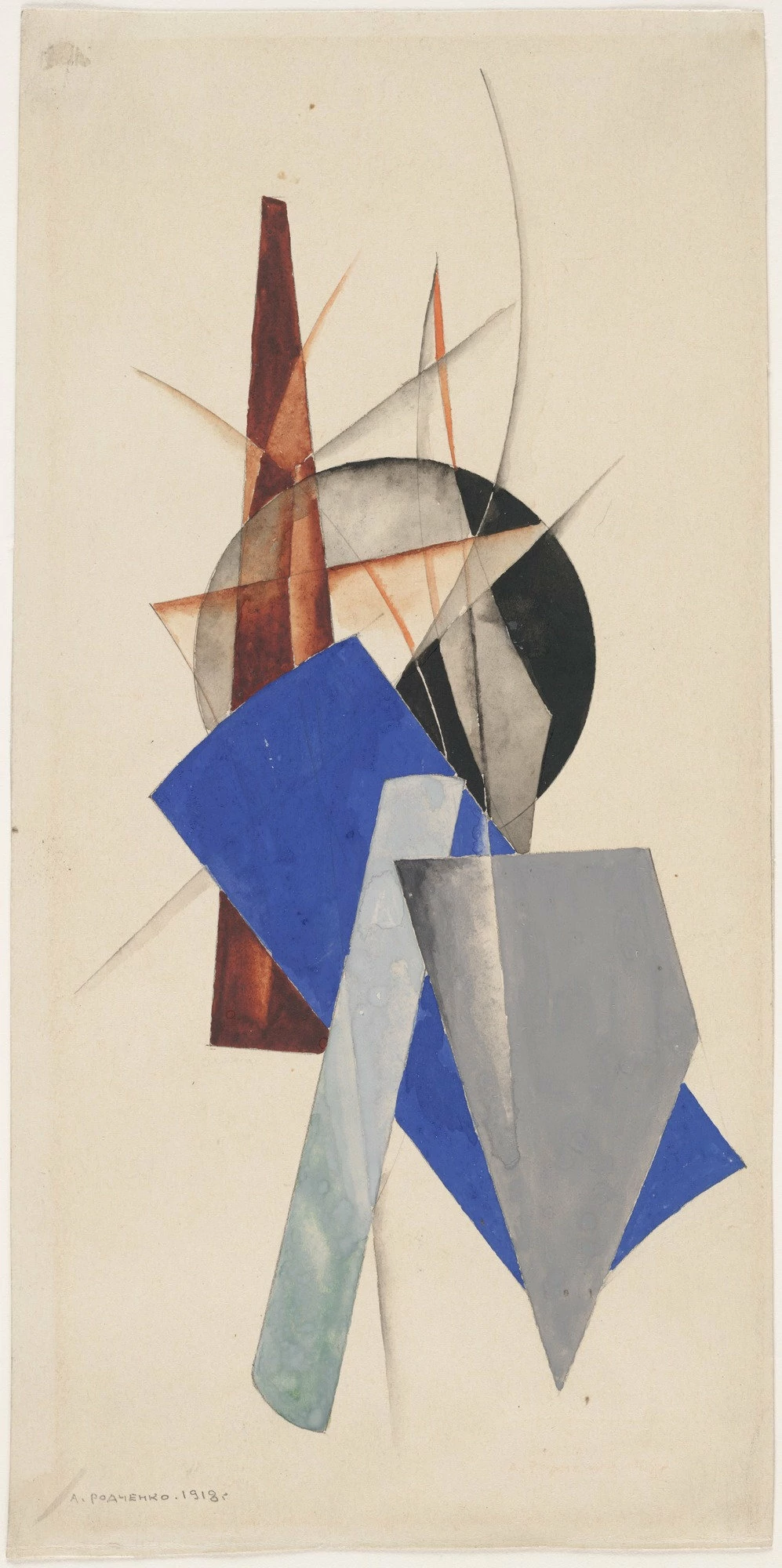
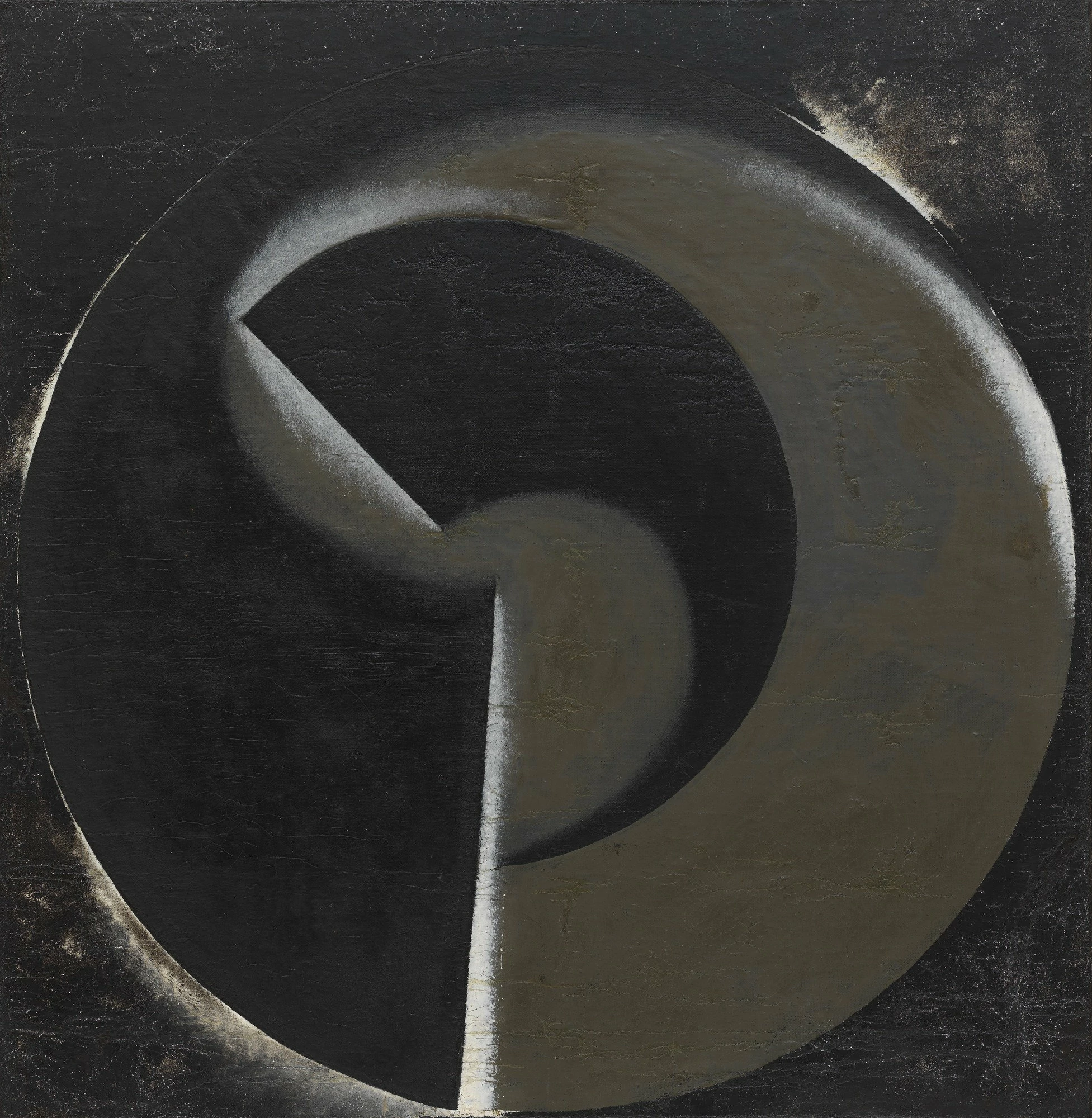

May the downfall of the old world be etched on the palms of your hands.


